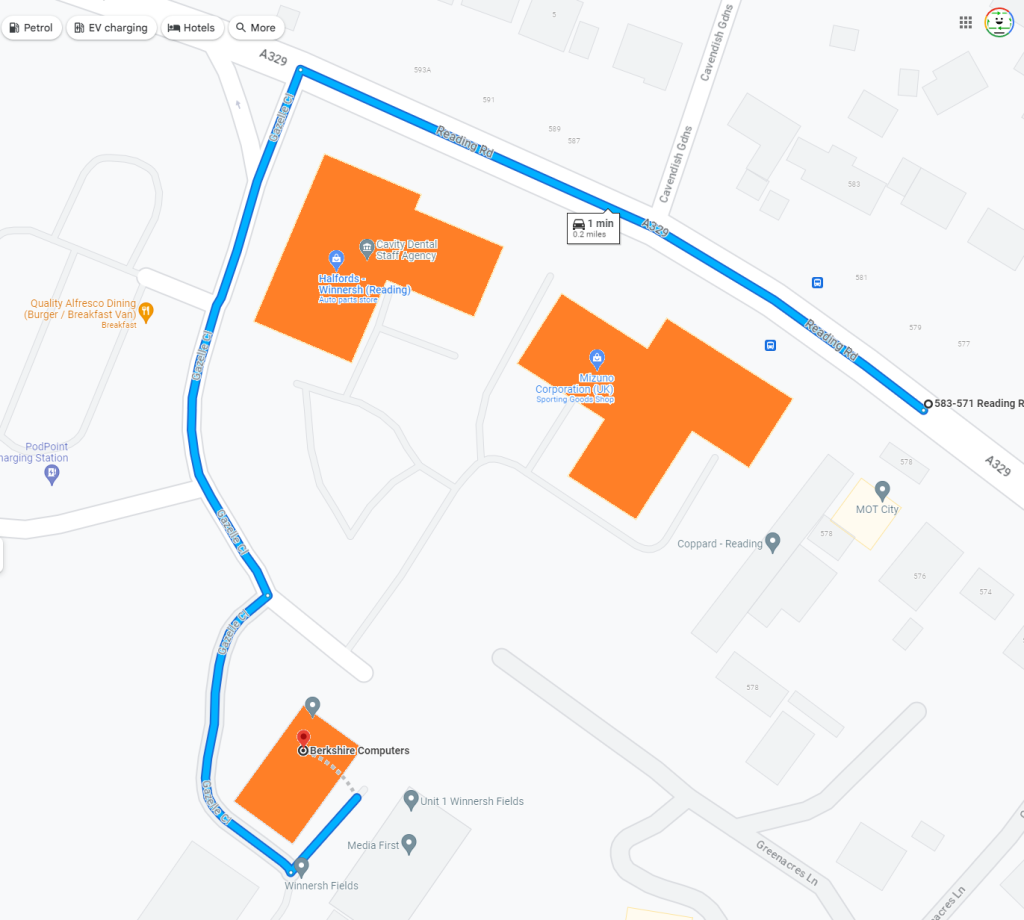Troubleshooting Boot Issues with Your SSD: A Guide
Are you encountering frustrating challenges when trying to boot from a solid-state drive (SSD) that you previously used in another system? You’re not alone, and today, we’ll explore common issues that may arise and how to potentially resolve them.
Understanding the Problem
Imagine this scenario: you have an SSD recognized in your BIOS, and you’re excited to use it. However, despite your drive showing up properly, the system refuses to boot from it. This situation can be perplexing, especially if you’ve enjoyed seamless installations in the past.
For instance, let’s consider a setup you might relate to—a Crucial MX500 1TB SSD, previously used in a separate rig, now installed in an Asus TUF X570 Plus motherboard with BIOS version 1405. While the SSD is detectable in BIOS, booting from it has become an unexpected hurdle.
Possible Reasons for Boot Failure
There are several factors that could prevent your system from booting from the SSD:
-
Compatibility Issues: Sometimes, older installations may not be compatible with your new motherboard. Ensure that the SSD is compatible with the Asus TUF X570 Plus.
-
Master Boot Record (MBR) Problems: If the drive’s partition scheme (MBR vs. GPT) does not match what your motherboard supports, you may encounter boot issues. This is especially true if switching between BIOS and UEFI modes.
-
Corrupted Windows Installation: If the Windows installation on the SSD is damaged or incompatible with your current hardware, booting will fail.
-
BIOS Settings: Double-check your BIOS settings. Make sure the drive is prioritized correctly in the boot sequence, and verify that any secure boot options are configured appropriately.
-
Driver Conflicts: Although less common, incompatible drivers from the previous hardware can sometimes interfere with the booting process.
Steps to Resolve the Issue
To address these boot problems, consider trying the following steps:
-
Check Boot Order: Access your BIOS and make sure the SSD is set as your primary boot device.
-
Examine Partition Type: If you’re familiar with Disk Management tools, check if the SSD is MBR or GPT. If necessary, consider reformatting or converting the partition scheme (be sure to back up important data first!).
-
Fresh Windows Installation: If all else fails, reinstalling Windows directly
Share this content:



